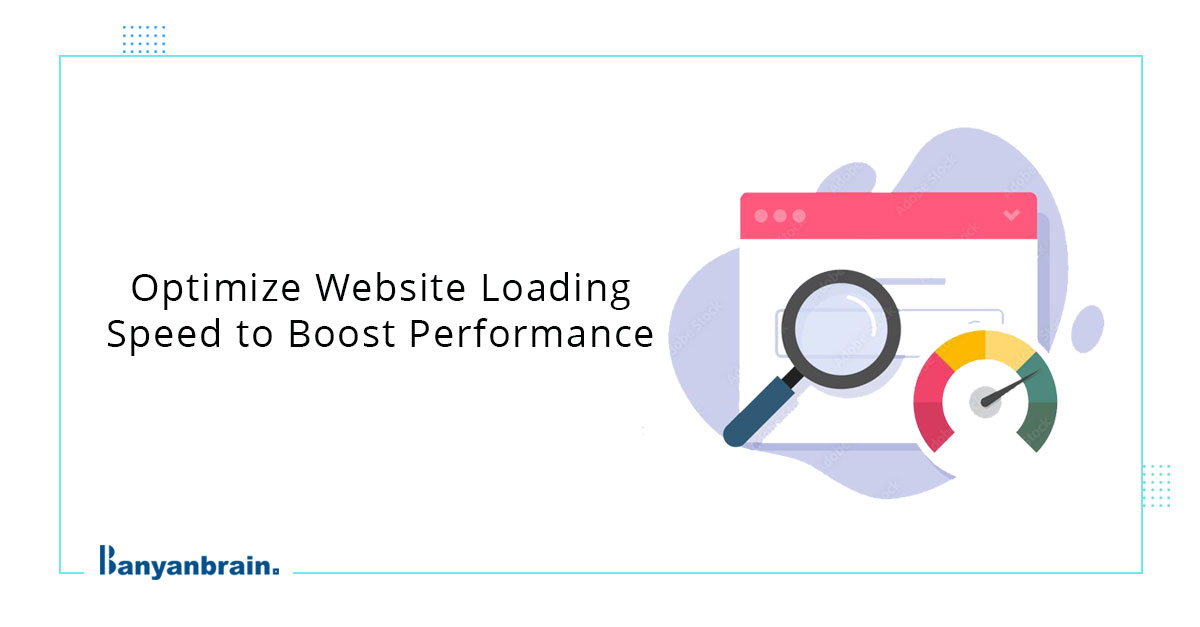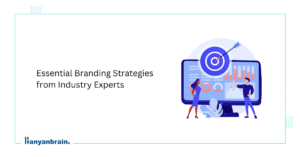User engagement on a website greatly depends upon the website loading speed. Even if you have an amazing website design that astonishes customers, it might not get you an order if the page takes time to load. There are numerous online businesses, and so are the alternatives for users. Making your website performance superior is a focal point in dictating the success of modern businesses. Website loading speed is, therefore, paramount in making more sales conversions.
The process of page speed optimization aims at making the site run as fast as it can. By reducing the loading time, enterprises can significantly make a positive impression on the buyers by offering them a smooth user experience. In this blog, we will discuss the key tactics, practices, and tools you need to optimize website loading speed. When applied strategically, you can expect less frustrated users leading to lower bounce rates for the website.
But first thing first, why do we need it?
Why Website Loading Speed Matters
Optimizing page performance will likely have a positive impact on the website’s bounce rates, which is why many tech businesses are focused on it. With the assistance of the best SEO agency, you can apply the right tactics that work together to achieve great traffic.
Users will spare a maximum of 3 seconds on your page and that is the only time that you have to create an impression. If your website takes longer to show the required information then the user will possibly abandon your page and go to some competitor. This enforces the idea to improve page load time as it will have a direct impact on the positive user experience and best SEO practices to improve rankings on search results.
Factors Affecting Website Speed
To understand how to improve website loading speed, let’s examine the factors that might affect website performance.
- Mobile Optimization: Since many users are accessing your application on mobile devices, there are chances that the app lags while being accessed on a mobile app. This makes mobile optimization for websites more critical these days.
- Server Response Time: It relates to the time taken for a server to respond while a client sends the request. A slow server response time will make you lose important customers and having a good response time is one of the characteristics of a good website.
- Size and Number of Files: There are many files on a page and as the number increases the browser gives responses slowly. Plus, the size of files will also impact the page loading speed which requires you to compress the files before uploading them on the website.
- Poorly Structured Code: Code is formed in HTML, Javascript, and CSS. When the code is poorly structured or the developer uses weak code, it can have a negative impact on the website loading speed if left unmanaged.
- Browser Caching: A caching policy allows users to restore files from loaded sites, which can increase website loading time with less bandwidth. However, it might not work well on dynamic sites where contents are changed frequently, and the user will be landed on the latest version only.
Best Practices for Optimizing Website Speed
Now that you are aware of the several factors that impact website performance, you need to capitalize on techniques to improve website speed. Here are some of them:
- Optimize Your Code: Optimizing the code is essential when you are making an attempt to make the website load faster. It requires your developers to have a streamlined code through the minification tools. When you remove unnecessary characters and symbols, you are using a minimized version of your code without interrupting the functionality which makes it lighter to load.
- Minimize HTTP Requests: A good SEO company would suggest reducing the HTTP server requests fetched from the browser to use resources like images, stylesheets, and scripts. You just need to remove those unnecessary resources from your site to optimize the load. Rather, you can combine multiple stylesheets into a single one or use CSS sprites to reduce the file image load on the website.
- Optimize Images for a Better Experience : Using images on your website will increase engagement. High-resolution pictures can entice your customers, but they can also create frustration if they take a long time to load. This requires image optimization for website speed, using compression tools to compress images into smaller files.
- Using Content Delivery Network (CDN): With the heavy increase in traffic, data stored in one place will make your ongoing loading suffer. CDN can be helpful in distributing servers across multiple locations. It will optimize website performance when the user gets the content near the physical location. You can outsource this infrastructure when the website load time increases.
- Minimize External Resources: WordPress plugins and scripts can add to the visual appeal of your website. But, it hinders its performance. For that, you need to audit those external resources and identify whether they are essential for the site’s functionality. Additionally, host your images, fonts, and logos locally rather than linking them to external servers.
- Utilize Server Side Caching : Every time a user visits your website, the server is requested to send the necessary details. Server-side caching is a vital website loading speed optimization technique that you should not miss. The server with cached files will send the requested information to users much faster. These files are temporarily cached to browsers to boost content delivery speed.
- Use a Quality Hosting Plan : You need to choose a service provider that offers shared web hosting for your website. Opt for a provider that provides tailored services for high speed and has a stringent focus on performance. They have dedicated optimized servers for leading CMS, which can accelerate your website speed optimization strategies.
Tools for Testing Website Loading Speed
Testing the website’s performance requires the use of a combination of tools and techniques to unfold areas where improvements can be made. Here are some online tools that you can use for an optimal user experience:
- Google PageSpeed Insights: Google PageSpeed Insights: This online tool assures preventing the website’s bounce rate by analyzing the web pages. It will generate suggestions by providing both desktop and mobile speed scores along with recommendations for improving those scores.
- Sitechecker: This tool considers metrics like FCP, CLS, FID, and more to measure the performance of a web page. The measurement is mapped using a rating scale to determine the page’s responsiveness.
- GTmatrix: It’s a free tool for monitoring web page performance. It evaluates your page’s performance in different countries, browsers, and connection speeds and gives insights into tips for increasing website loading speed.
- WebPageTest: This is a lucrative tool for testing the performance around the globe. You can identify performance bottlenecks by measuring important metrics and filmstrips.
- Uptrends: It allows businesses to have location-based performance metrics to measure the digital experience. Even the best enterprise SEO will suggest using this tool for fine tuning the performance for a real experience.
While you are making all your efforts to rank at the top of search results, page responsiveness must not be overlooked. A user who faces lags while searching for content will lose interest in your website. Keeping customer engagement a priority, many forward-looking companies are focusing on enhancing website loading speed to facilitate unparalleled website experience for users.
Are you not sure how to get started? Banyanbrain is one of the best internet marketing companies, and it can assist you with tactics to improve your leads!






